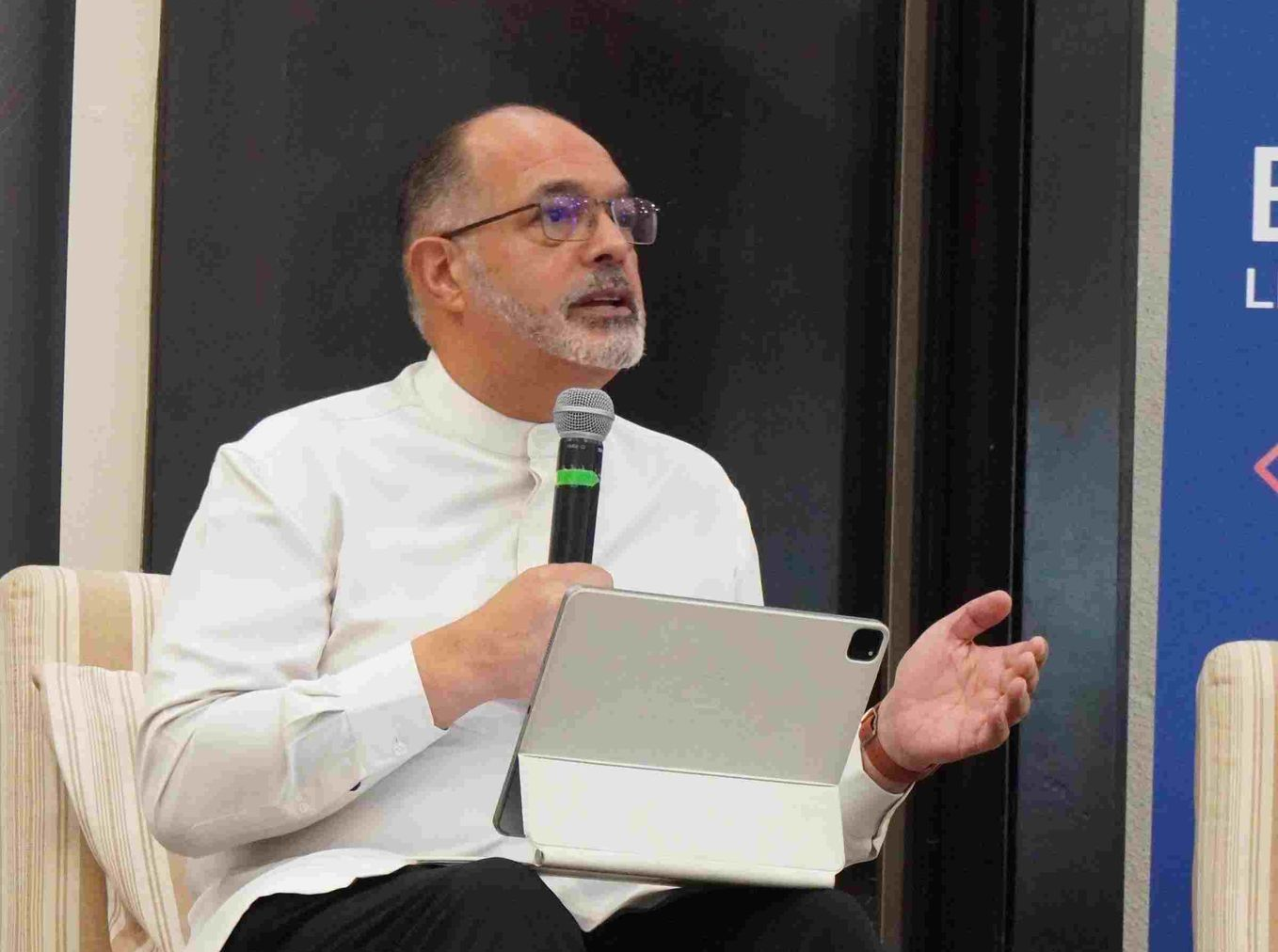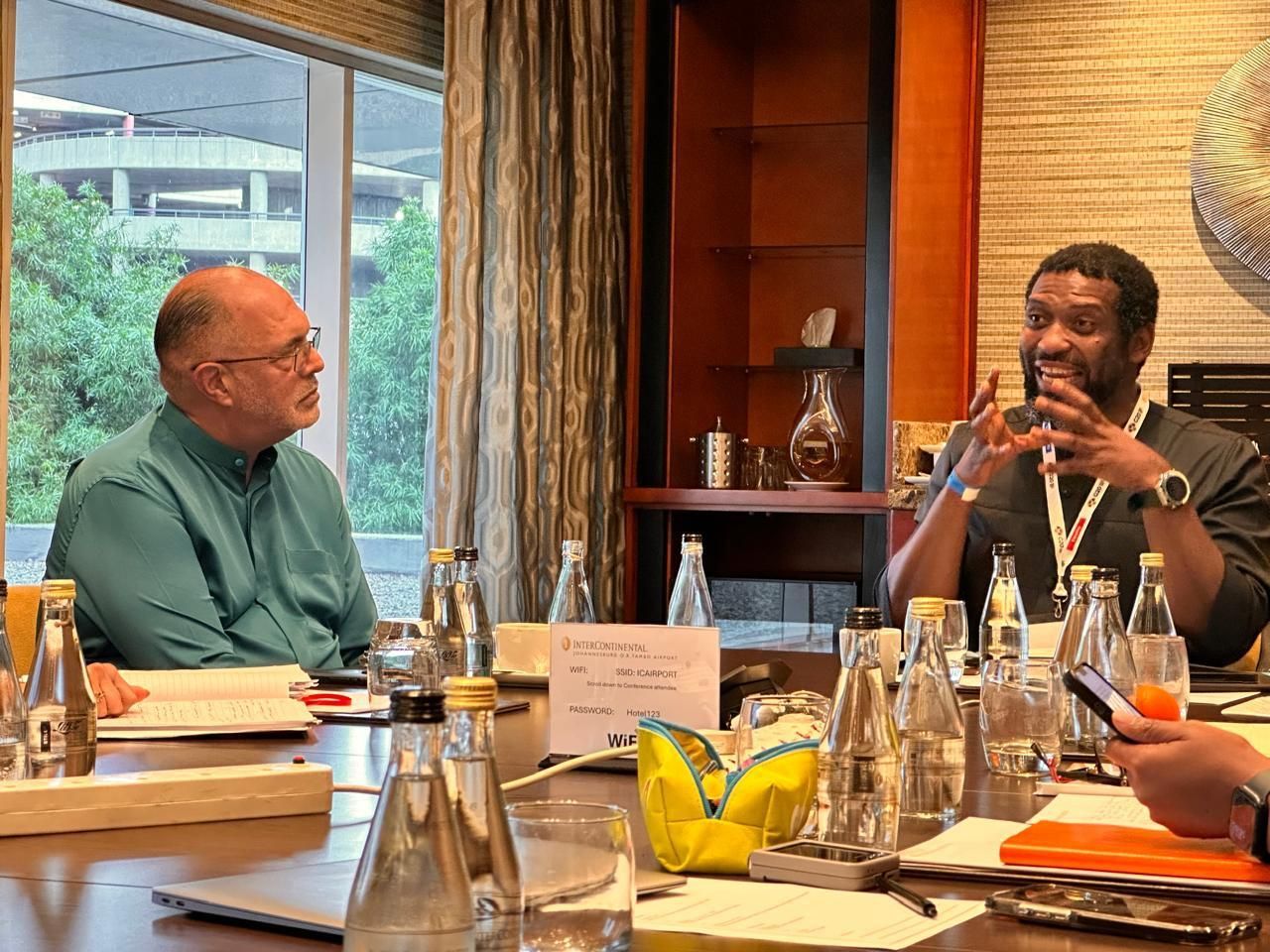Towards a unified higher education sector in South Africa
In recent weeks, national discourse has intensified around the roles of public and private higher education institutions in South Africa. Economist Dawie Roodt of Efficient Group proposed a shift in the allocation of government tertiary education funding, sparking wide-ranging reactions. These include responses from university leaders like Prof Linda Du Plessis of North-West University, and a direct engagement between Dr Phethiwe Matutu, CEO of Universities South Africa, and Mr Roodt in a debate aired on Newzroom Afrika.
In this context, the South African Private Higher Education (SAPHE) association, representing over 70% of students registered in private higher education institutions, would like to present its position.
We firmly believe that higher education plays a critical role in shaping South Africa’s social, economic, and intellectual future. Addressing pressing challenges such as youth unemployment, skills shortages, and inequality requires an inclusive, responsive system that serves the public good, with the public and private educational sectors joining hands to address these issues collaboratively, rather than taking opposing positions.
Capacity constraints
While public higher education institutions form the backbone of South Africa’s skills and knowledge pipeline, capacity constraints are a growing concern. At the start of 2025, it was widely reported that the higher education system faced severe capacity constraints, with 337,158 students achieving a bachelor’s pass in matric, but only just over 200,000 first-year spaces available at public institutions. Although public institutions receive funding and are continually upgraded to accommodate more students, constrained resources impose limits. This results in large class sizes where students needing individual attention can easily be lost in the crowd.
Furthermore, while first-year placements at higher education institutions in South Africa include study fields likely to lead to employable careers in South Africa, some qualifications largely focus on conceptual knowledge, which poses challenges for being employed with a developing socio-economic context like South Africa. This is where several SAPHE’s member institutions already play a vital role by offering industry-relevant qualifications focused on students' employability.
Challenging divides
SAPHE calls for a shift in how South Africa views its higher education sector, moving beyond outdated divides between public and private institutions. In this regard, SAPHE appreciates the position that the Council on Higher Education (CHE) has taken by referring to ‘higher education institutions’ as opposed to Public Universities and Private Higher Education Institutions. Many students already move between private and public institutions when transitioning from undergraduate to postgraduate study, and SAPHE support students in executing their preferences regarding their studies.
Some private institutions are for-profit, while others have adopted non-profit models. NSFAS funding is not available to students who are registered with private higher education institutions, and many private higher education institutions leverage extensive industry partnership networks to secure bursaries for students who otherwise could not afford to study. This approach helps accommodate students from the “missing middle,” expanding access as widely as possible.
The forthcoming typology framework for higher education institutions presents a significant opportunity to reset entrenched typologies and instead focus on shared responsibilities, collective impact, and student outcomes. This classification will affect the entire sector and underscores the urgent need to shift focus towards outcomes and societal impact.
Public universities continue to benefit from public subsidies, while the growing private higher education sector operates through private investment and funding. This model has demonstrated sustainability, innovation, and responsiveness, especially in delivering industry-aligned programmes.
Despite different approaches, all higher education institutions are evaluated by common standards such as the Quality Assurance Framework published by the Council on Higher Education (CHE). This means every institution should strive to meet the highest quality levels as measured by these shared standards.
The evolving funding landscape demands a unified framework that prioritises learners rather than legacy structures. Now more than ever, we must ask: how can the sector, as a whole, equitably serve the diverse needs of South Africa’s students in a fast-changing global economy?
Looking at our BRICS partners, data from the World Bank and equivalent sources (2018–2020) shows the following proportions of students enrolled in private tertiary education institutions:
- Brazil (2018): 73.41%
- Russia (2020): 17%
- India (2019): 57.78%
- China (2019): 14.43%
This diversity demonstrates that private higher education can play a significant developmental role depending on a country’s context. In this regard, South Africa should engage in dialogue on how to address the needs of its youth more effectively, learning from international examples while considering our unique circumstances.
Funding and research gaps
SAPHE represents a growing sector of private higher education institutions (PHEIs), now serving hundreds of thousands of students across the country. According to DHET, nearly 1.3 million students were enrolled in tertiary education in 2021, with 232,915 registered in private institutions. These institutions are known for their flexible learning options and agility in aligning with industry needs.
Despite their contributions, private higher education institutions are often portrayed as profit-driven and exclusive, an outdated and inaccurate narrative. While they must be financially viable, many operate as not-for-profit entities and actively secure bursaries and scholarships from industry partners to support financially needy students.
In her opinion piece responding to Mr Dawie Roodt’s proposal, Prof Linda Du Plessis highlighted research as a key contribution of public higher education institutions. Most South African research that contributes to the national discourse, influences policy and solves societal problems is conducted predominantly at public institutions.
While it is not accurate to suggest that private academics do not engage in research, as demonstrated by initiatives such as the annual SAPHE conference, it is an area requiring greater support. A significant contributing factor is the disparity in research funding: public universities benefit from government subsidies and access to national research grants, support which is largely inaccessible to private institutions. This inevitably affects research output. It raises an important question: Does this distinction in funding allocation truly serve the broader public interest?
A diverse but unified sector
Our collective goal must be to create a diverse, high-quality higher education ecosystem that expands access, supports relevant research, and advances South Africa’s social and economic development.
Ultimately, the real question is not who delivers higher education, but whether that education is accessible, relevant, and transformative. Institutions, public or private, that rise to this challenge deserve to be celebrated.
We envision a unified higher education system built on a shared responsibility, mutual recognition, and a collective commitment to serve every South African learner. The future of higher education should be measured by our collective ability to unlock potential, foster inclusion, and deliver real impact where it matters most—in the lives of students and the communities they serve.
It is time to ask ourselves: Are we defending outdated institutional identities, or boldly redesigning a system that meets the urgent needs of our people and the future of our nation?



